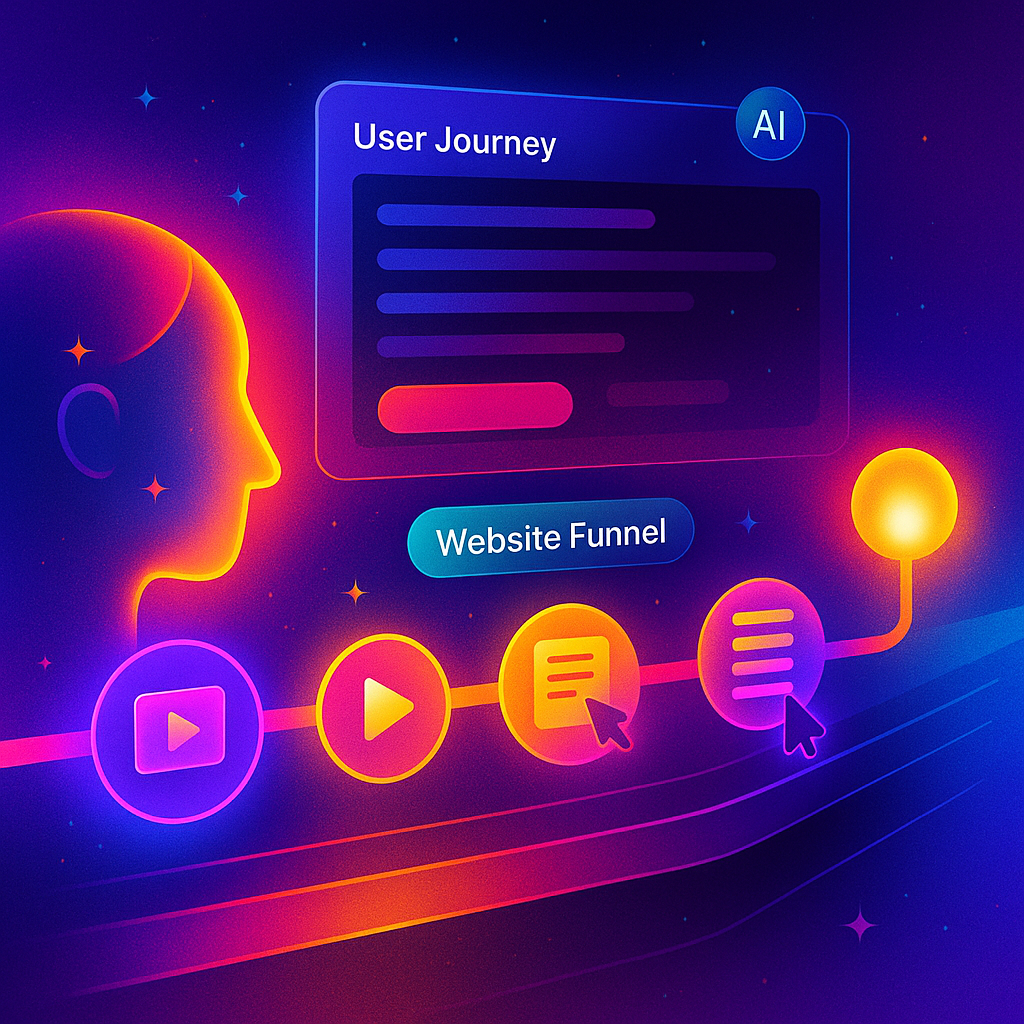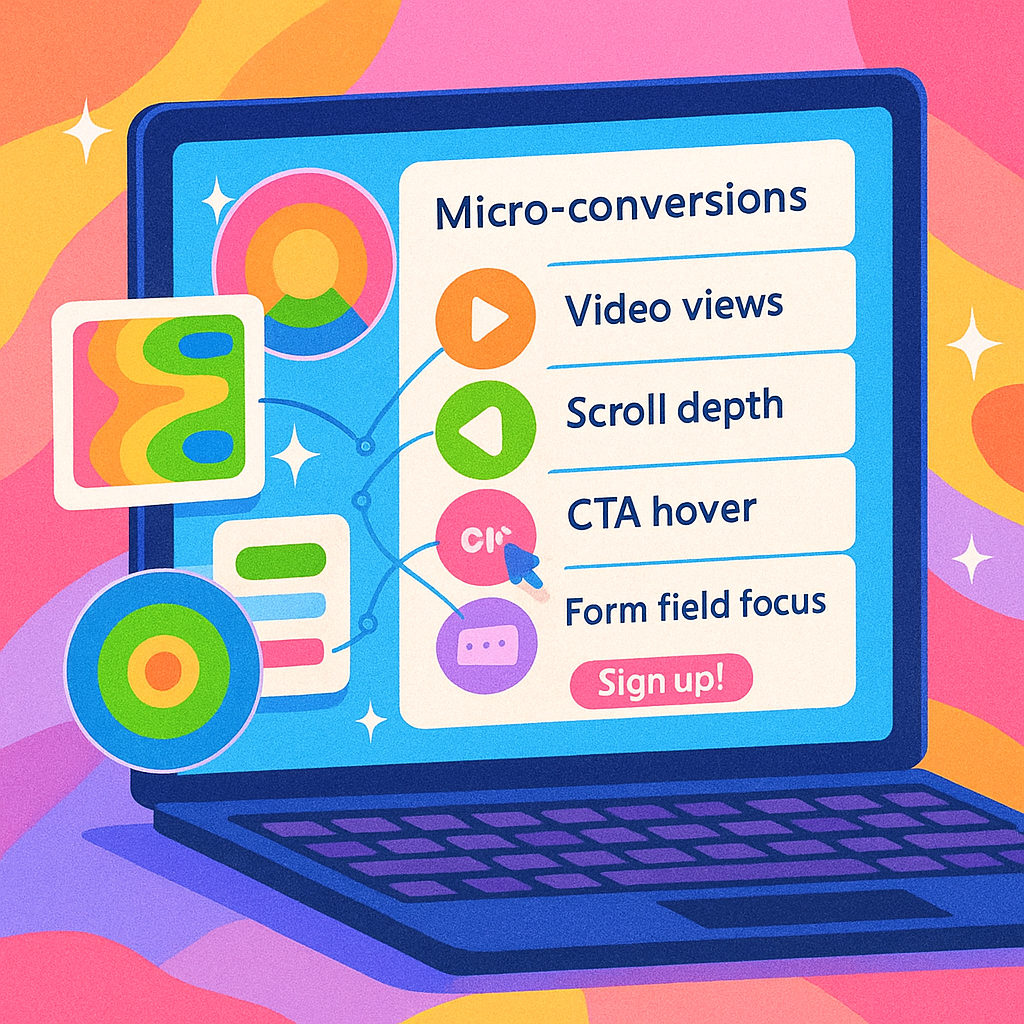Contextual Personas for Edge Devices
by Admin-checker
INDEX
Discover how tracking micro-conversions in 2025 helps optimize funnels, uncover user intent, and increase final conversion rates through smarter CRO.
Date Jul 23, 2025
INDEX

The main goal of conversion rate optimization (CRO) extends beyond the completion of purchases and form submissions. The initial signs of user intent appear through small actions such as CTA clicks and product video views and page scrolling to the middle section. The term micro-conversions describes these actions which have become essential for success in 2025. Teams can identify user engagement points and drop-off locations through tracking and optimizing “invisible wins” before the macro-conversion occurs.
Micro-conversions represent small measurable user actions which demonstrate customer journey advancement and interest levels. These actions alone do not produce sales but they serve as essential indicators of user behavior.
Common examples include:
Ignoring these signals means missing valuable optimization opportunities—because they reveal friction or momentum long before a user reaches the final step.
The conversion process at different stages of the funnel determines which micro-conversions will occur:
Each micro-action moves users toward conversion while providing signals about successful elements.

The measurement of micro-conversions requires implementing detailed event tracking through tools including Google Tag Manager, Hotjar and Mixpanel.
The following behaviors should be tracked as key performance indicators:
After tracking users you should divide them based on their actions and establish connections between these indicators and conversion results. Heatmaps and session recordings enable you to add qualitative data which reveals the reasons behind user behavior patterns.
The binary nature of macro-conversion metrics such as purchases and sign-ups fails to provide complete understanding of user behavior. The most effective CRO strategies for 2025 use micro-conversion signals to detect user behavior and determine their intentions.
Why they matter:
CRO in 2025 is predictive, not reactive—and micro-conversions are your early warning system.

At Boosta, we treat micro-conversions as foundational to any CRO project.
We don’t just optimize thank-you pages or payment screens—we map and analyze every click, scroll, and hesitation across the funnel.
Our approach includes:
These small insights often lead to our biggest wins—boosting conversions without increasing traffic or changing pricing.
Micro-conversions are no longer optional—they’re essential.
In 2025, the CRO teams that win are the ones who don’t just track outcomes—they understand user behavior from the very first click.
Start measuring the invisible wins, and you’ll unlock visible results.
Teams use Zapier in boardrooms, spare rooms, and rooms where AI has ROI.